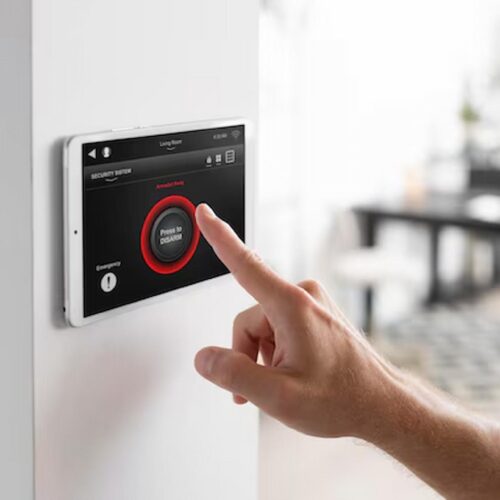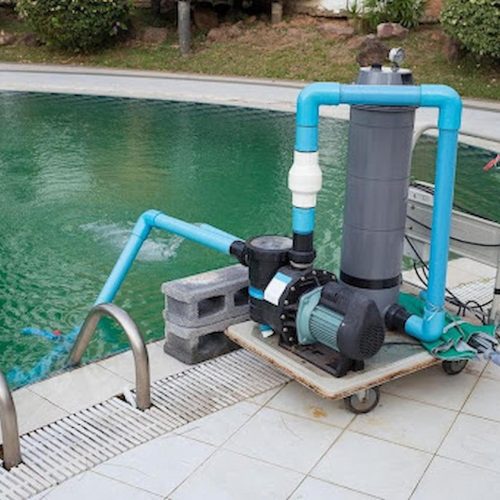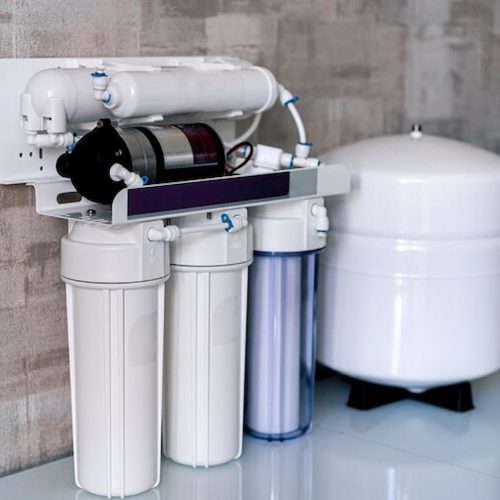Radiators are the unsung heroes of home comfort, silently working to keep your living spaces warm and cozy. Yet, many homeowners overlook their maintenance, leading to inefficiencies and potential breakdowns. By dedicating a little time to care for your radiator, you can enhance its performance, extend its lifespan, and ensure consistent warmth throughout your home. Dive into these essential tips to keep your heating system running smoothly and efficiently.
Your home’s radiator might not be the most glamorous feature, but it plays a crucial role in keeping your living space warm and comfortable—especially during those chilly months. Whether you rely on a traditional steam radiator or a modern central heating system, proper maintenance is key to ensuring optimal performance, safety, and energy efficiency.
Radiators often get overlooked until something goes wrong—like uneven heating, strange noises, or, worse, a complete breakdown in the middle of winter. Fortunately, a little care and attention can go a long way in extending the life of your radiator and helping it run more effectively.
In this guide, we’ll walk you through some essential radiator maintenance tips every homeowner should know. From bleeding your radiator and checking for cold spots to monitoring water pressure and ensuring proper ventilation, these practical steps will help keep your heating system in peak condition all year round. Plus, taking the time to maintain your radiator can lead to significant energy savings and lower heating bills.
1. Keep Your Radiators Clean
Dust and debris can accumulate on and inside your radiators, hindering their ability to emit heat effectively. Regular cleaning ensures optimal performance:
- Surface Cleaning: Once the radiator has cooled, wipe down the exterior with a damp cloth to remove dust and grime.
- Internal Cleaning: For convector radiators, use a radiator brush or vacuum cleaner with a nozzle attachment to remove dust from between the fins. This is especially important in homes with pets, as fur can clog the radiator’s interior.
A clean radiator not only heats more efficiently but also contributes to better indoor air quality.
2. Bleed Your Radiators Regularly
Over time, air can become trapped inside your radiators, leading to cold spots and reduced heating efficiency. Bleeding your radiators releases this air, allowing hot water to circulate freely:
- Turn off your heating system and let the radiator cool.
- Use a radiator key to open the bleed valve slightly.
- Listen for a hissing sound as air escapes.
- Once water starts to trickle out, close the valve.
Regular bleeding ensures your radiators heat evenly and efficiently.
3. Inspect for Leaks and Corrosion
Leaks and corrosion can compromise your radiator’s performance and lead to water damage:
- Visual Inspection: Look for signs of rust, water stains, or dampness around the radiator and its valves.
- Touch Test: Run your hand along the bottom and sides of the radiator to detect any moisture.
- Immediate Action: If you find any leaks or signs of corrosion, it’s best to consult a professional plumber to address the issue promptly.
Early detection can prevent more significant problems and costly repairs.
4. Ensure Radiators Are Unobstructed
For radiators to distribute heat effectively, they need unobstructed airflow:
- Furniture Placement: Keep sofas, curtains, and other furniture at least 10 cm away from the radiator.
- Avoid Coverings: Do not place clothes or other items on top of radiators, as this can block heat and pose a fire risk.
Allowing free airflow ensures your radiators operate at maximum efficiency.
5. Check and Maintain Radiator Valves
Radiator valves control the flow of hot water and can impact heating efficiency:
- Regular Checks: Ensure valves are functioning correctly and not stuck or leaking.
- Thermostatic Radiator Valves (TRVs): Consider installing TRVs to regulate the temperature of individual rooms, enhancing comfort and energy efficiency.
Properly functioning valves contribute to a more responsive and efficient heating system.
6. Use Reflective Foil Behind Radiators
Installing reflective foil behind your radiators can improve heat distribution:
- Heat Reflection: The foil reflects heat back into the room, reducing heat loss through external walls.
- Energy Efficiency: This simple addition can lead to noticeable energy savings over time.
Reflective foil is an affordable and effective way to enhance your home’s heating efficiency.
7. Schedule Professional Maintenance
While many radiator maintenance tasks are DIY-friendly, periodic professional inspections are beneficial:
- System Check: A professional can assess the entire heating system, ensuring all components function correctly.
- Preventive Measures: Regular servicing can identify potential issues before they become major problems, saving you time and money in the long run.
Professional maintenance ensures your heating system remains reliable and efficient.
Conclusion
Keeping your radiator in top condition doesn’t have to be complicated or time-consuming. With a little regular maintenance, you can avoid common heating issues, improve energy efficiency, and ensure a comfortable environment in your home all year round. From simple tasks like bleeding air from your system and cleaning off dust to checking thermostatic radiator valves and inspecting for leaks, these small efforts can make a big difference.
Remember, your radiator is part of a larger heating system that deserves consistent attention—especially as seasons change. By staying proactive and tackling minor issues early, you’ll not only extend the life of your equipment but also avoid the cost and stress of emergency repairs.



